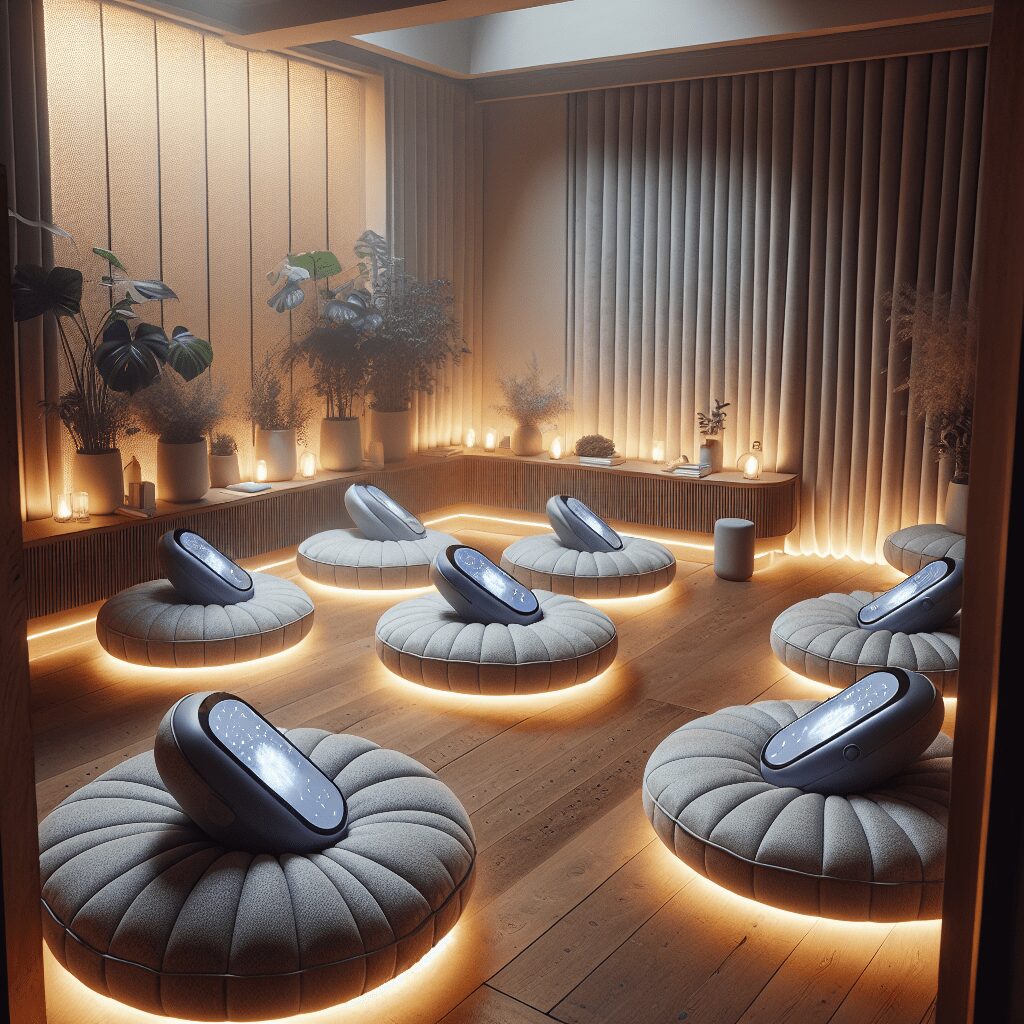
Prioritize your mental well-being daily. Enhance your life by nurturing your mental health with the Smart Meditation app. Break free from stress, alleviate anxiety, and enhance your sleep quality starting today.
How Many People Suffer From Anxiety In The Us?
Deciphering the Maze of Anxiety in the US
In a world that’s constantly on the go, it’s no wonder that the whispers of anxiety are turning into roars for many. The United States, a melting pot of cultures, dreams, and ambitions, hasn’t been immune to this mental health tide. Anxiety, with its many faces and facets, affects a staggering number of individuals across the country, painting a complex picture of mental health in the US.
A Closer Look at the Numbers
Let’s dive into the nitty-gritty, shall we? According to data from the Anxiety & Depression Association of America (ADAA), anxiety disorders are the most common mental illness in the United States, affecting 40 million adults aged 18 and older. That’s about 18.1% of the population every year. But hold your horses; it gets even more intriguing. Despite being highly treatable, only 36.9% of those suffering receive treatment. It’s a bit of a head-scratcher, isn’t it?
Delving Deeper: Understanding the Spectrum
Anxiety isn’t a one-size-fits-all kind of deal. It’s an umbrella term that encompasses several specific disorders, including but not limited to:
- Generalized Anxiety Disorder (GAD)
- Panic Disorder
- Social Anxiety Disorder
- Specific Phobias
- Obsessive-Compulsive Disorder (OCD)
- Post-Traumatic Stress Disorder (PTSD)
Each of these disorders has its own set of symptoms, triggers, and treatments, underscoring the complexity of addressing anxiety on a national scale.
Who’s at Risk?
Well, as it turns out, anxiety doesn’t play favorites. It can sneak up on anyone, regardless of age, gender, or socioeconomic status. However, factors such as genetics, brain chemistry, personality, and life events can significantly increase one’s risk. Women are also more likely to be affected than men, throwing a gendered lens on the issue.
Addressing the Elephant in the Room: Treatment and Stigma
So, if anxiety is as treatable as they say, why aren’t more people getting the help they need? Ah, there’s the rub. The stigma surrounding mental health, coupled with a lack of awareness and accessible resources, often hinders those in need from seeking treatment. Not to mention, the one-size-fits-all approach to treatment doesn’t exactly fit well with the tailored nature of mental health care.
Breaking the Barriers
The good news? The conversation is changing. More people are speaking out, more resources are becoming available, and the stigmas are slowly but surely starting to crumble. From traditional approaches like therapy and medication to alternative methods like mindfulness and yoga, the toolbox for tackling anxiety is growing.
In Conclusion: A Path Forward
The journey towards a healthier mental state for the nation is a marathon, not a sprint. By fostering openness, understanding, and support, we can pave the way for more effective treatments and a reduced prevalence of anxiety. So, let’s keep the conversation going; because when it comes to mental health, silence is anything but golden.





